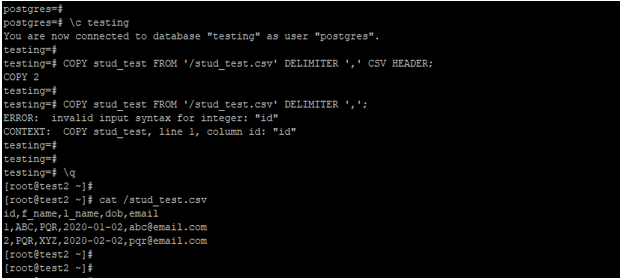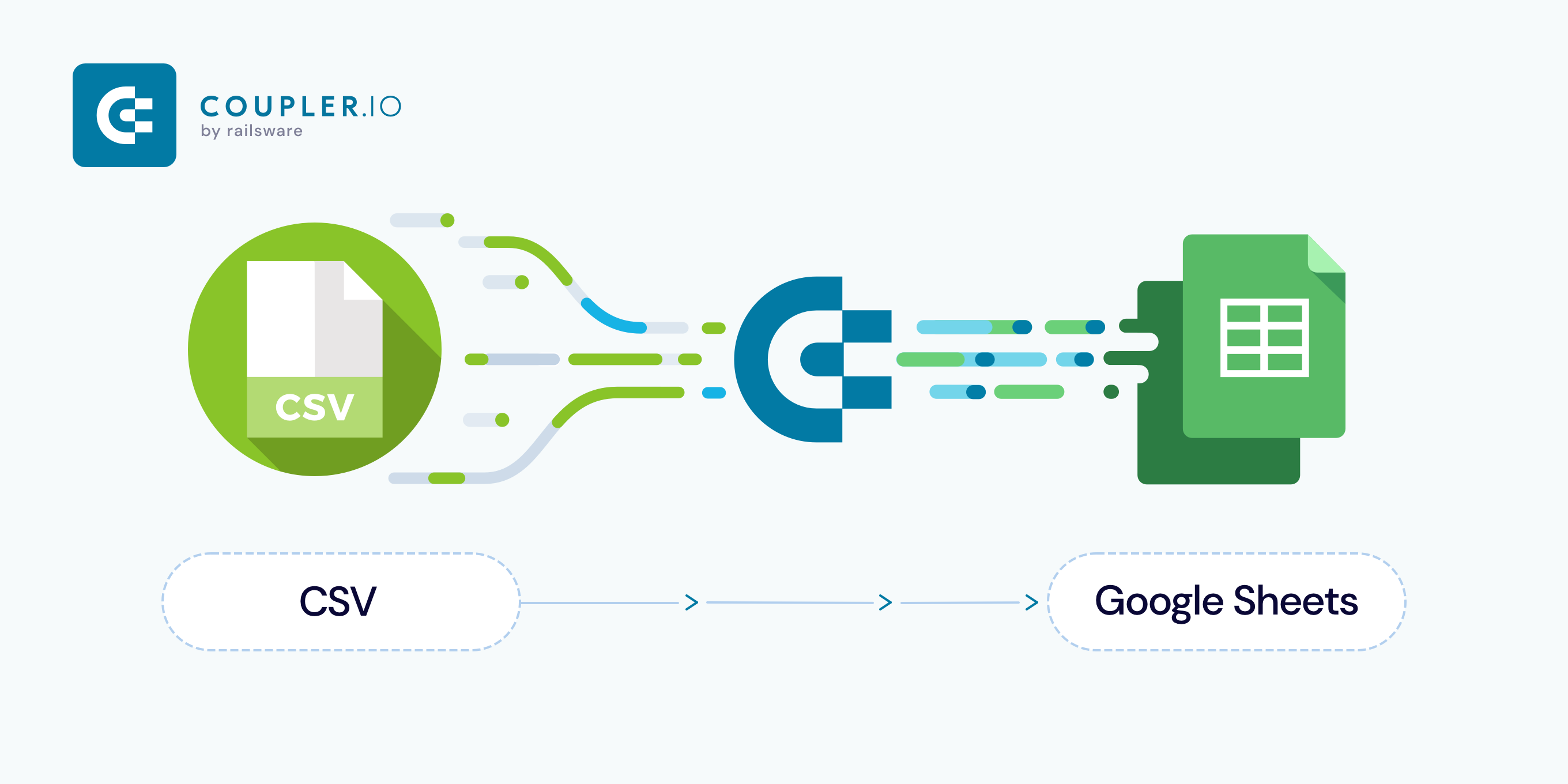

This example shows how to use the Import-Csv cmdlet with the UseCulture parameter. Example 3: Specify the current culture for the delimiter Variable is sent down the pipeline to the Format-Table cmdlet. The strings are saved in the $P variable. The CSV strings from the Processes.csv file. The Delimiter parameter is used to specify a colon delimiter. The Export-CsvĬmdlet converts the process objects to CSV strings and saves the strings in the Processes.csv file. The Get-Process cmdlet sends process objects down the pipeline to Export-Csv.

This example shows how to use the Delimiter parameter of the Import-Csv cmdlet. Is sent down the pipeline to the Format-Table cmdlet and displays the objects. Get-Member cmdlet that displays the properties of the imported CSV strings.

The $P variable is sent down the pipeline to the The Import-Csv cmdlet imports the CSV strings from the Processes.csv file. TheĮxport-Csv cmdlet converts the process objects to CSV strings and saves the strings in the The Get-Process cmdlet sends process objects down the pipeline to the Export-Csv. TypeName: Įquals Method bool Equals(System.Object obj)īasePriority NoteProperty string BasePriority=8Ĭompany NoteProperty string Company=Microsoft CorporationĪpplicationFrameHost 293489152 15884288 15151104 23792 C:\WINDOWS\system32\ApplicationFrameHost.exe This example shows how to export and then import a CSV file of process objects. Examples Example 1: Import process objects Starting with PowerShell 6.0, Import-Csv now supports the W3C Extended Log File Format. Header row name and displays a warning message. If a header row entry in a CSV file contains an empty or null value, PowerShell inserts a default These cmdlets are the same as the Export-CSV and Import-Csv cmdlets, except You can also use the ConvertTo-Csv and ConvertFrom-Csv cmdlets to convert objects to CSV You can use the parameters of the Import-Csv cmdlet to specify the column header row and the itemĭelimiter, or direct Import-Csv to use the list separator for the current culture as the item Import-Csv works on any CSV file, including files that are generated by the Export-Csv In the CSV file becomes a property of the custom object and the items in rows become the property The Import-Csv cmdlet creates table-like custom objects from the items in CSV files. Once you've formatted your RTF file, you can import it as a mind map via drag and drop or the file picker (see above).Creates table-like custom objects from the items in a comma-separated value (CSV) file. Still a bit unclear? Take a look at the following example to see how a properly formatted RTF outline (left) looks when converted into a mind map (right): Any text colors, background colors and bolded or italicized text formats will be automatically included in your mind map.

Indentations created with TAB will determine the hierarchical structure of your topics.Each new line (press RETURN Enter) in your RTF will create a new topic in your mind map.Be sure to save your outline as an RTF file and to format it in the following way: You can create a mind map out of any properly formatted text outline. Choose a file to import from your local drive.
#ITHOUGHTSX IMPORT CSV PLUS#


 0 kommentar(er)
0 kommentar(er)
